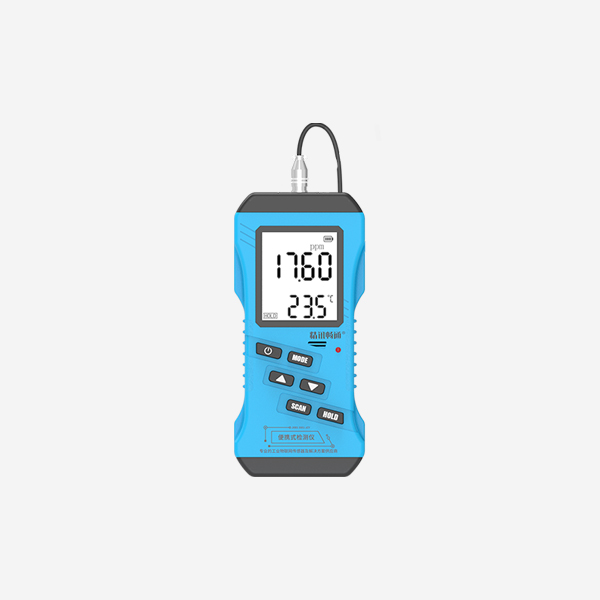Soil plays a vital role in agriculture, serving as the foundation for plant growth and productivity. Understanding soil conditions is crucial for optimizing crop yield, conserving resources, and promoting sustainable farming practices. In recent years, advancements in technology have led to the development and widespread adoption of soil sensors in various industries. Soil sensors provide real-time data on soil moisture, temperature, nutrient levels, and more, enabling farmers and land managers to make informed decisions. This article aims to explore the industry applications of soil sensors and highlight their benefits in enhancing agricultural practices.

Precision Agriculture:
Precision agriculture is revolutionizing the way farmers manage their fields by utilizing data-driven techniques. Soil sensors play a critical role in precision agriculture by providing accurate and timely information about soil conditions. Farmers can use this data to optimize irrigation schedules, precisely apply fertilizers, and manage crop health. Soil sensors help prevent over-irrigation, reducing water wastage and associated costs. Furthermore, they enable farmers to tailor fertilization strategies based on soil nutrient levels, minimizing nutrient runoff and environmental pollution.
Horticulture and Greenhouse Management:
In horticulture and greenhouse settings, soil sensors are invaluable tools for maintaining optimal growing conditions. These sensors continuously monitor soil moisture levels, ensuring that plants receive optimal hydration. By avoiding under or over-watering, growers can prevent plant stress, root diseases, and nutrient imbalances. Soil sensors also assist in managing greenhouse temperature and humidity, creating an ideal environment for plant growth. With real-time data on soil moisture and temperature, growers can implement precise irrigation and heating systems, resulting in healthier plants and increased crop yields.
Environmental Monitoring and Land Rehabilitation:
Soil sensors are essential in environmental monitoring and land rehabilitation efforts. They aid in assessing soil quality, identifying areas contaminated with pollutants, and monitoring soil erosion. By measuring parameters such as pH, electrical conductivity, and nutrient levels, soil sensors provide crucial information for land managers to remediate polluted sites effectively. Additionally, real-time data from soil sensors can help prevent soil erosion by identifying areas prone to erosion and implementing appropriate soil conservation strategies.
Sports Turf Management:
Maintaining high-quality sports turf is essential for player safety and optimal performance. Soil sensors are extensively used in sports turf management to ensure proper irrigation and nutrient management. By monitoring soil moisture levels, turf managers can prevent over or under-watering, which can lead to turf diseases or poor playing conditions. Soil sensors also assist in monitoring soil compaction, aeration needs, and nutrient availability, enabling turf managers to implement targeted maintenance practices, resulting in well-maintained and healthy sports turf.
Research and Education:
Soil sensors have significant applications in research and education, facilitating scientific studies in various disciplines such as agronomy, ecology, and environmental science. Researchers can use soil sensors to collect long-term data on soil properties and dynamics, contributing to a better understanding of soil processes and ecosystem functioning. Moreover, soil sensors are valuable tools in educational settings, allowing students to gain hands-on experience in soil science, agriculture, and environmental studies.

Conclusion:
The industry application of soil sensors has revolutionized agricultural practices and environmental management. By providing real-time data on soil moisture, temperature, and nutrient levels, soil sensors enable farmers, land managers, and researchers to make informed decisions. This technology has paved the way for precision agriculture, improved water and nutrient management, enhanced environmental monitoring, and more efficient land rehabilitation efforts. With ongoing advancements in sensor technology and data analytics, the future holds even greater potential for soil sensors to contribute to sustainable farming practices and environmental stewardship.
